Inside the Ducati Factory
Part Two – With Phil Aynsley
Continued from part one last week…
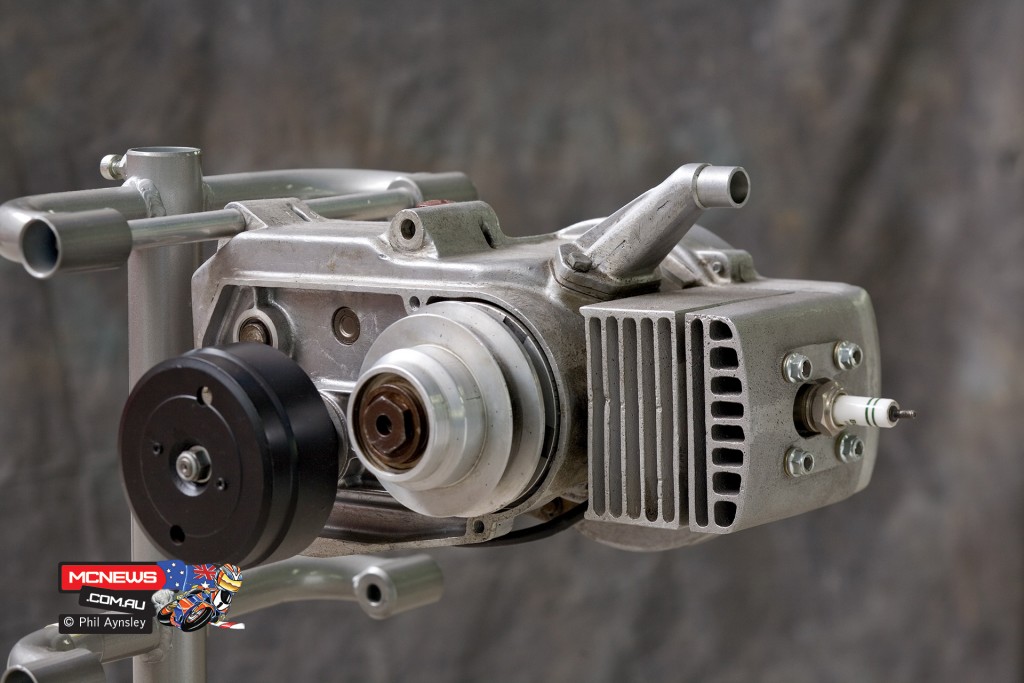
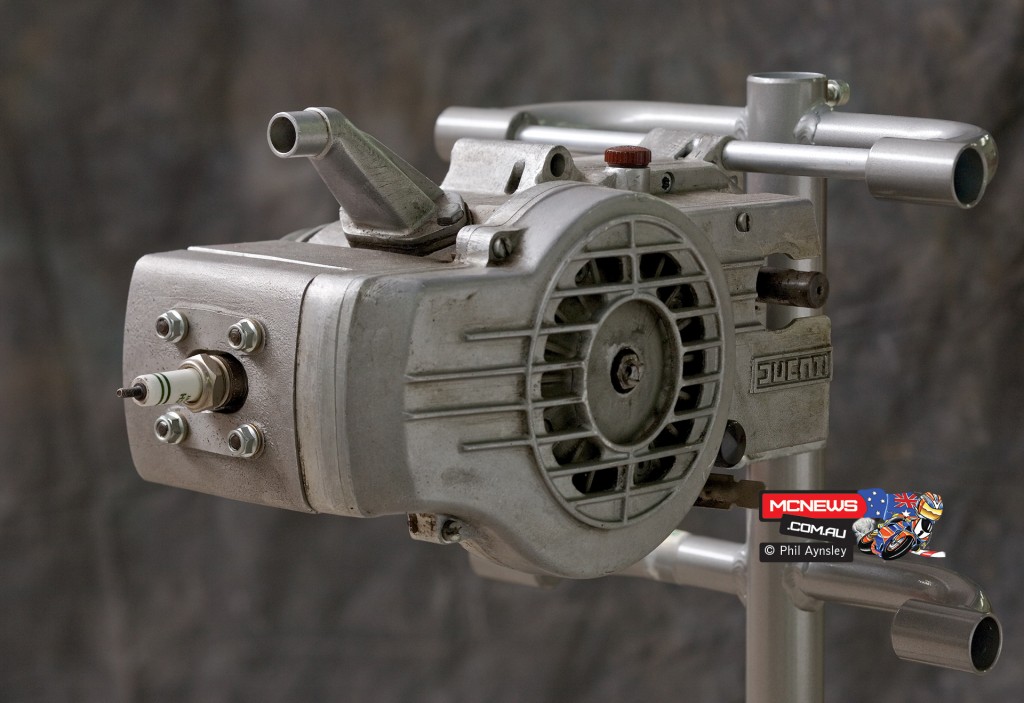
No records remain for this 50cc 2-stroke design that featured fan-forced cooling. It dates from around 1975.
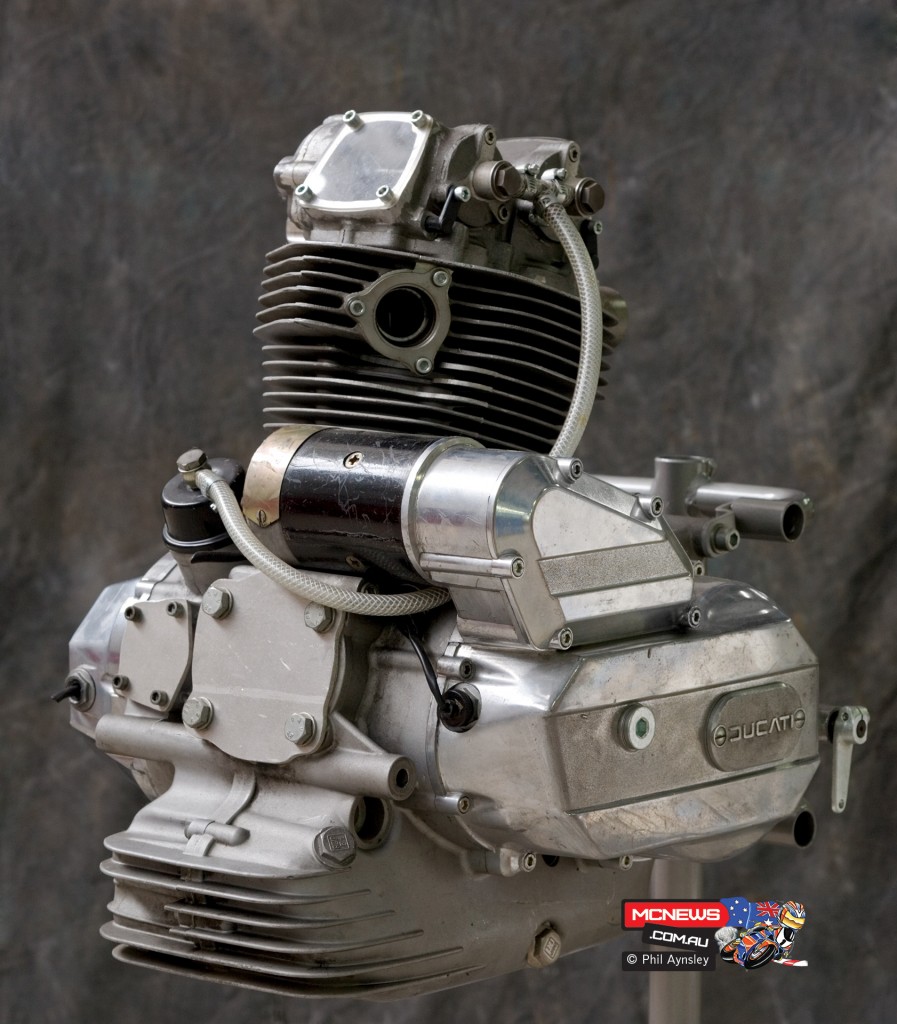
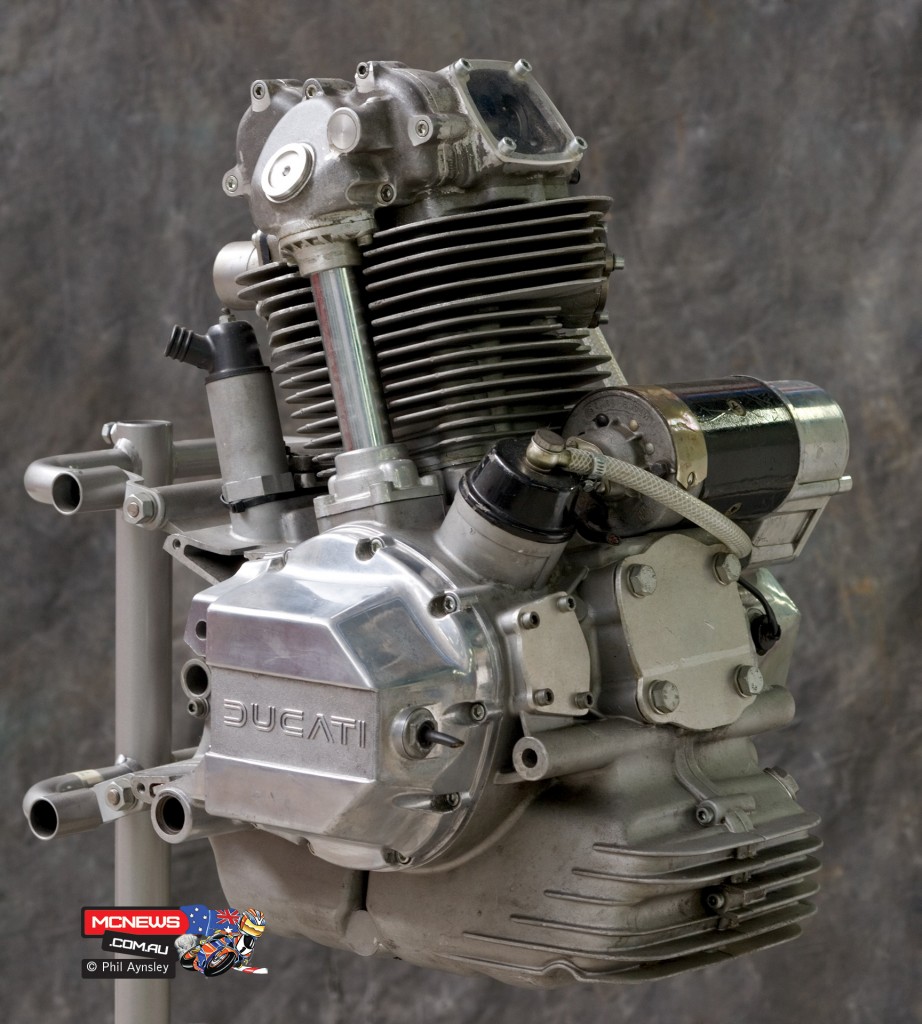
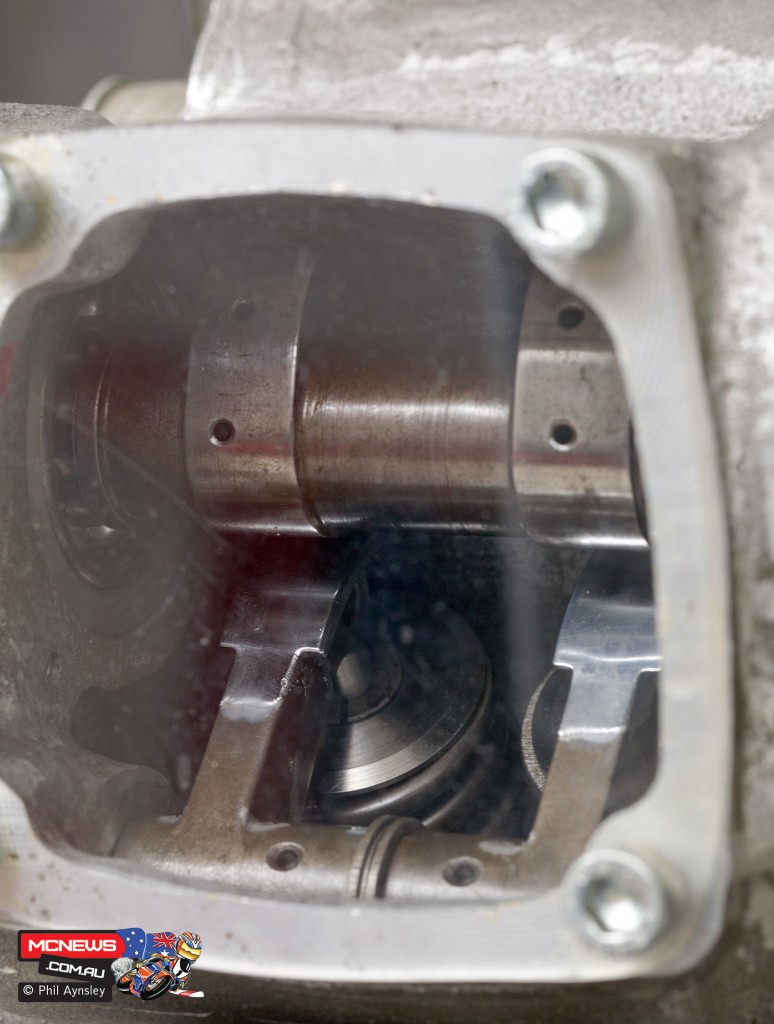
This 1975 modified bevel twin motor was used to test a single cylinder 500cc DOHC 4-valve design which didn’t progress any further. An output of around 50hp was achieved. A 350cc single cylinder motor, based on the Pantah, was preferred and came close to production in 1978.
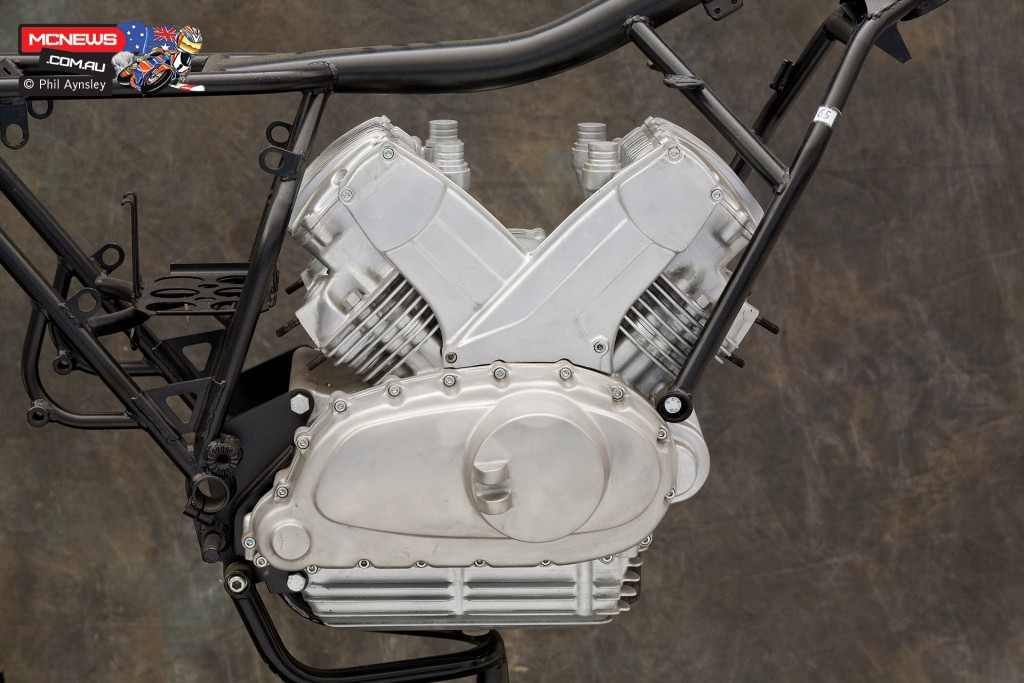
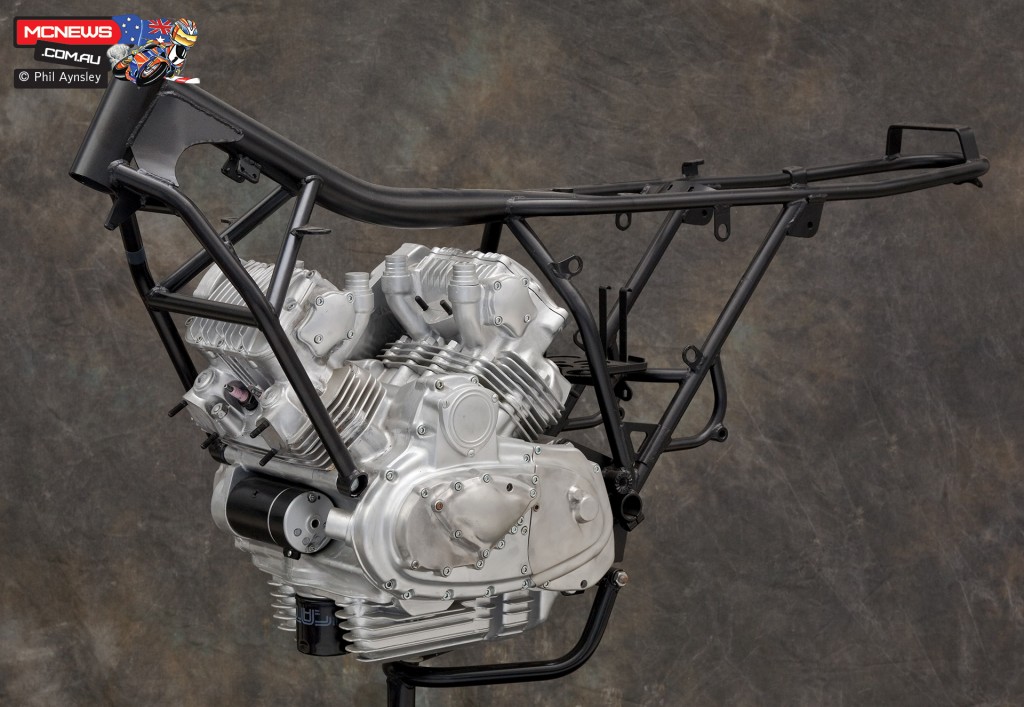
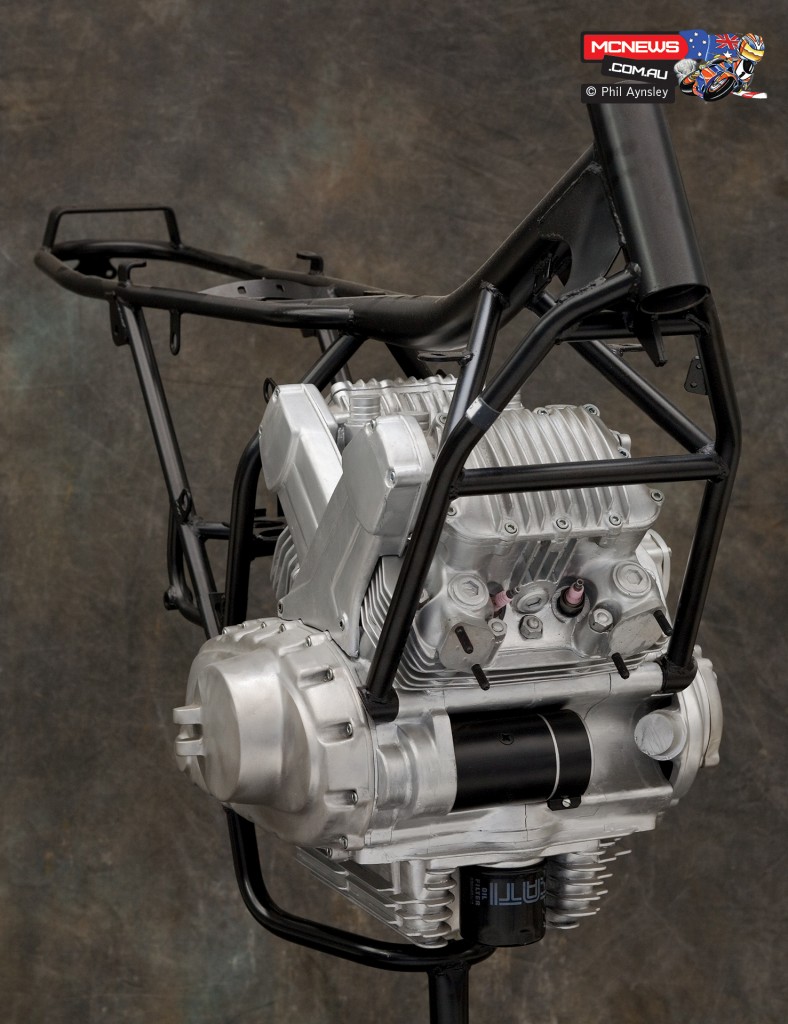
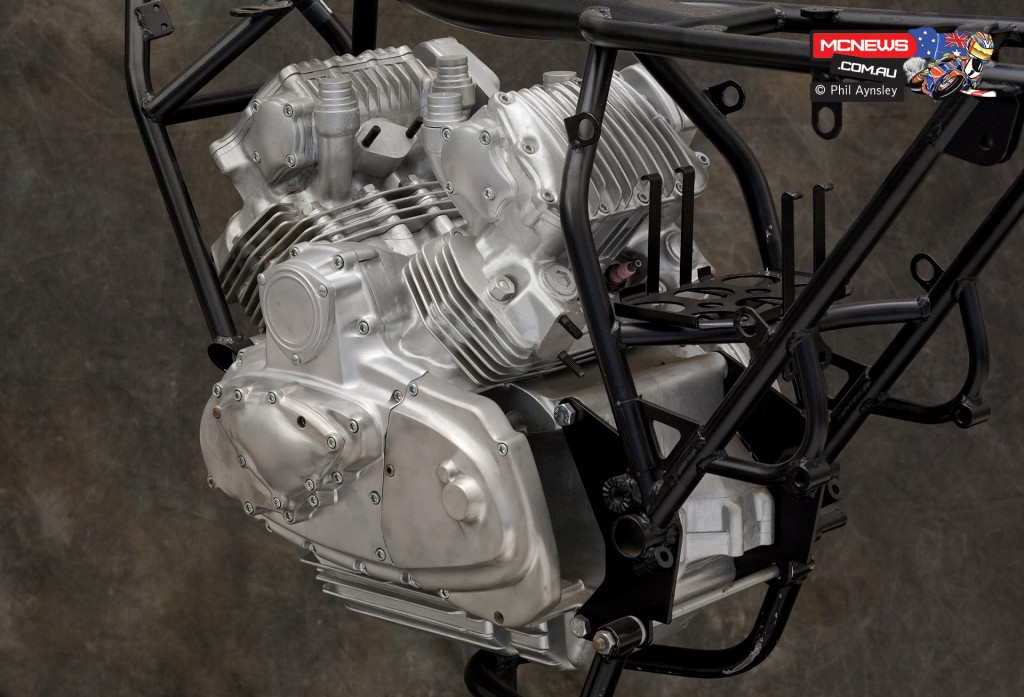
Despite being forever associated with Ducati singles and V-twins Ing. Taglioni was always prepared to turn his hand to other configurations. V4s were a reoccurring theme with at least three designs making it past the drawing board. The most famous was the 1963 OHV 1260cc Apollo but in 1976 he returned to the layout with this 1000cc 90 degree, SOHC design (a 750cc version was also planned). It was water-cooled and seen here in metal and wood mock up form and fitted into an open cradle frame. A single Dell’Orto 40mm carb was to feed each cylinder bank.
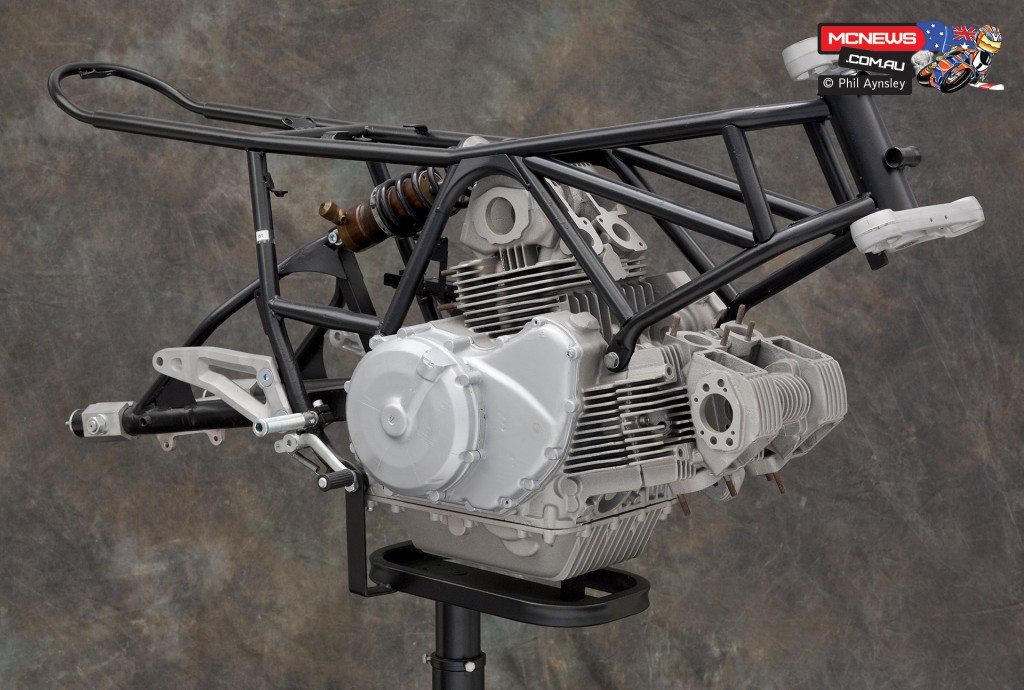
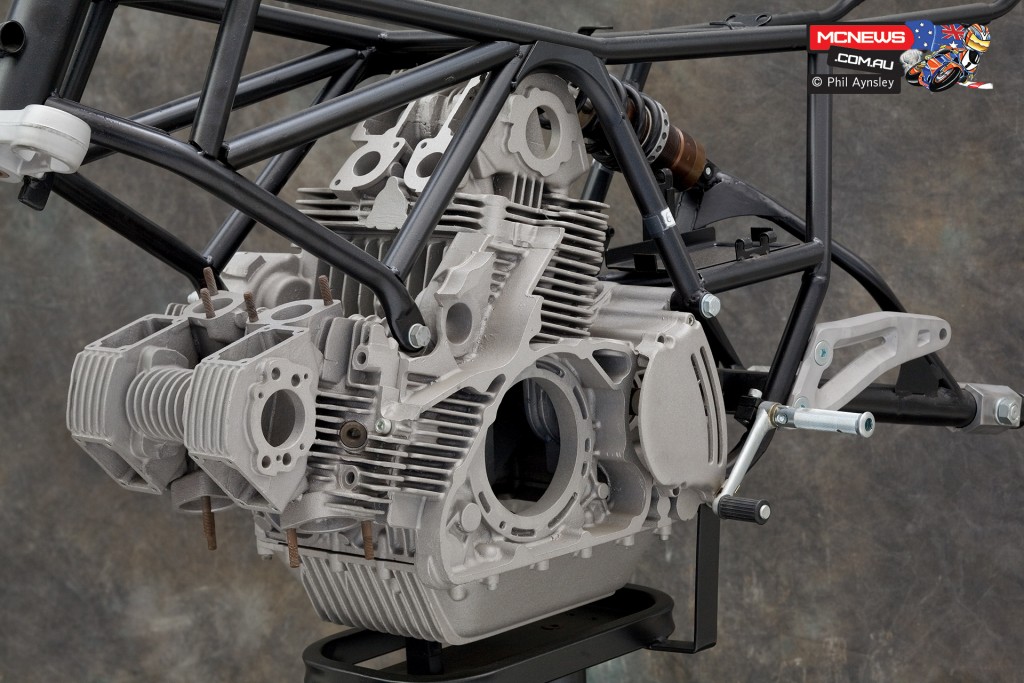
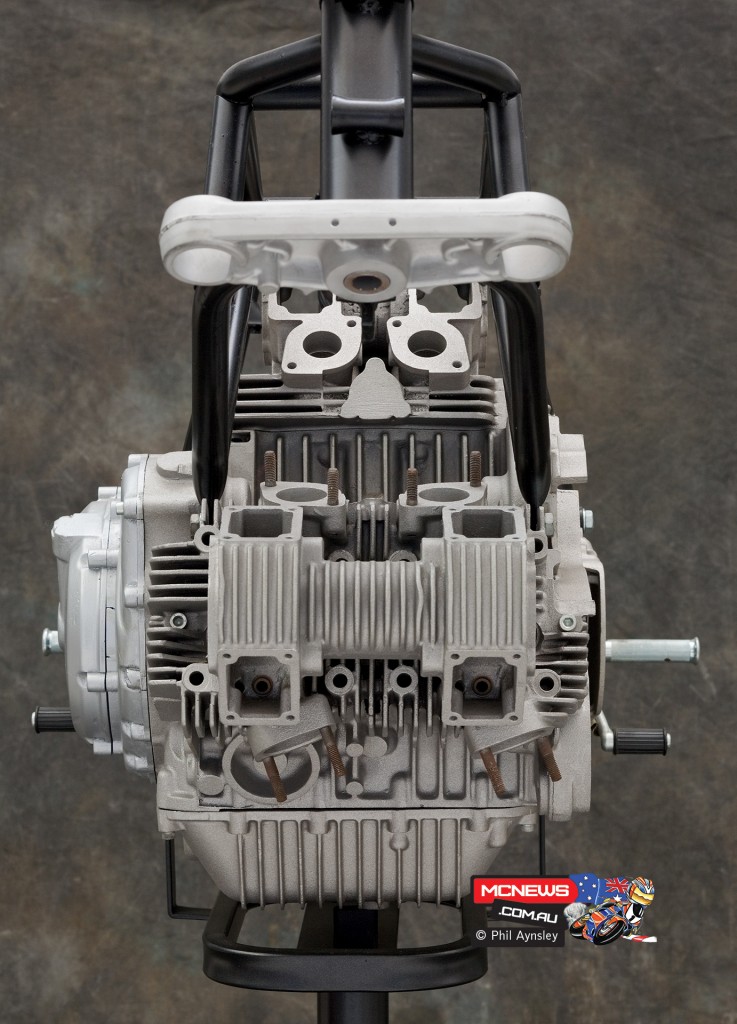
By 1982 a more Pantah-like design had evolved. This final version of the SOHC 2-valve per cylinder motor was now a desmo and had very oversquare 78 x 52mm bore/stroke dimensions, weighed 98kg and used a combination of oil & air cooling. A single plain bearing crankshaft was used. Bench-tested at 105hp @ 9,500rpm in touring tune with mufflers, it made 132hp @ 12,000rpm with slight tuning. It is seen here in a scaled up version of the TT2 Pantah’s space frame.
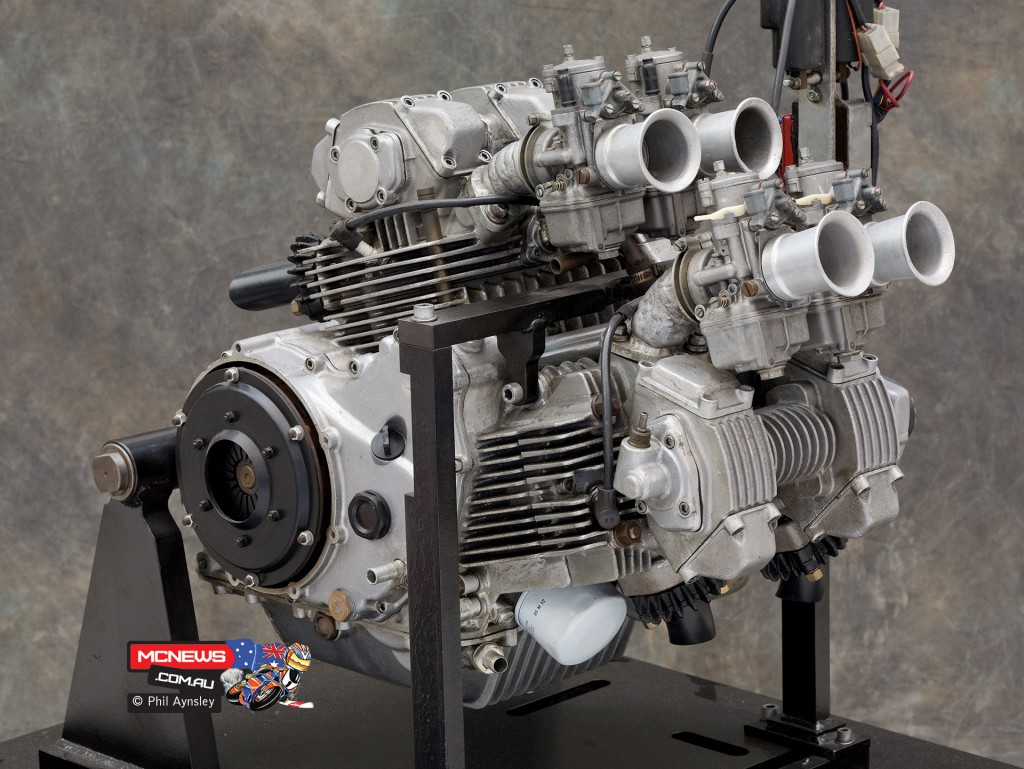
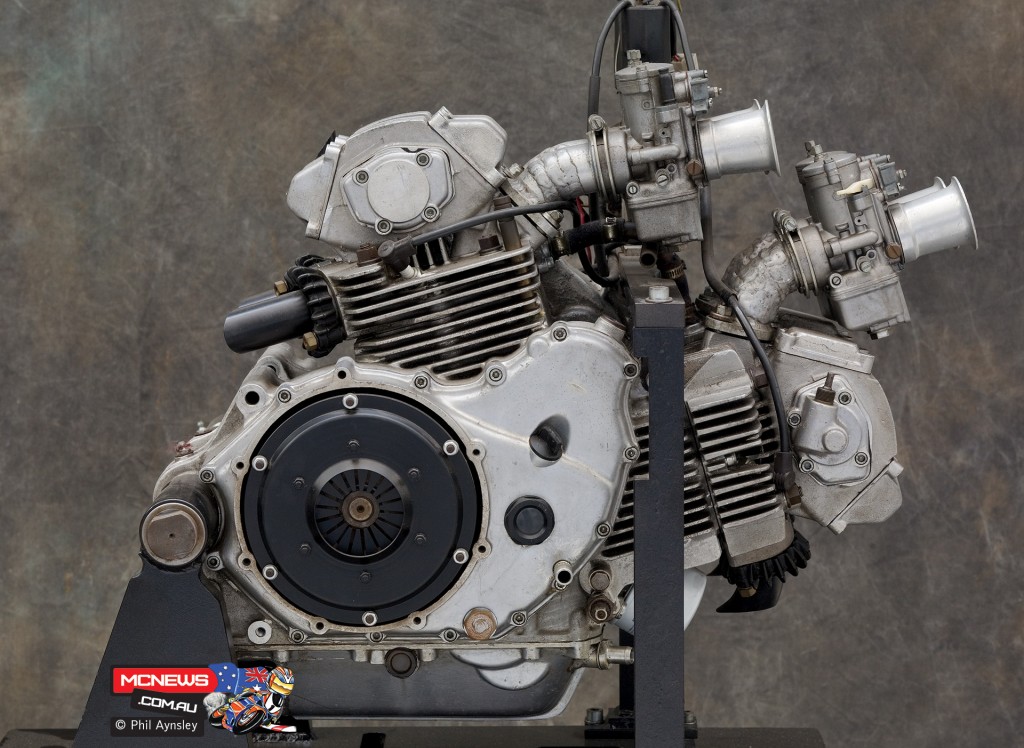
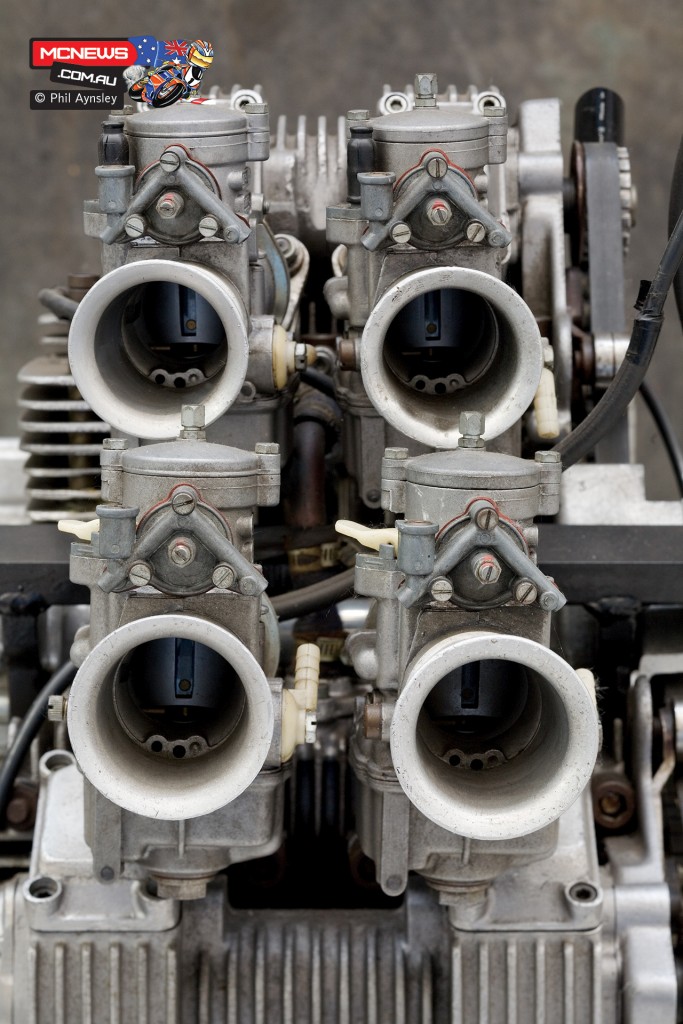
The motor as last bench tested with four Dell’Orto 36mm carbs. Taglioni intended the motor to be eventually fitted with specially designed SPICA fuel injection – which he estimated would have produced about 150hp.
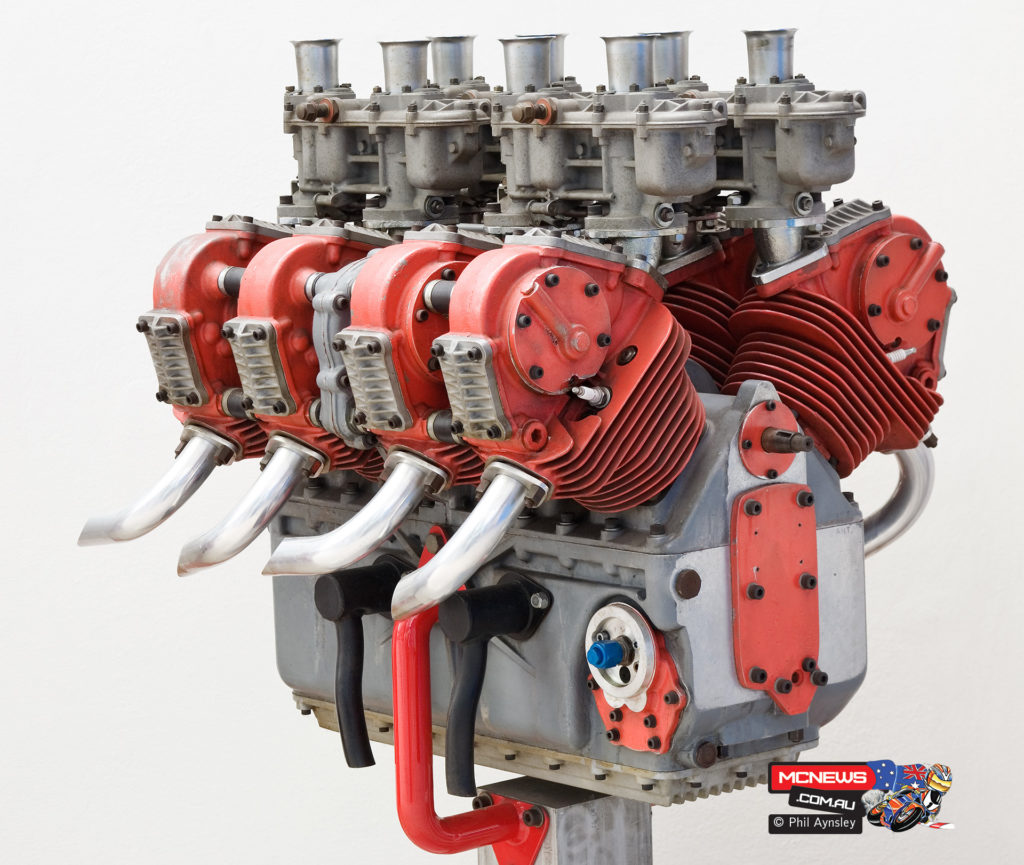
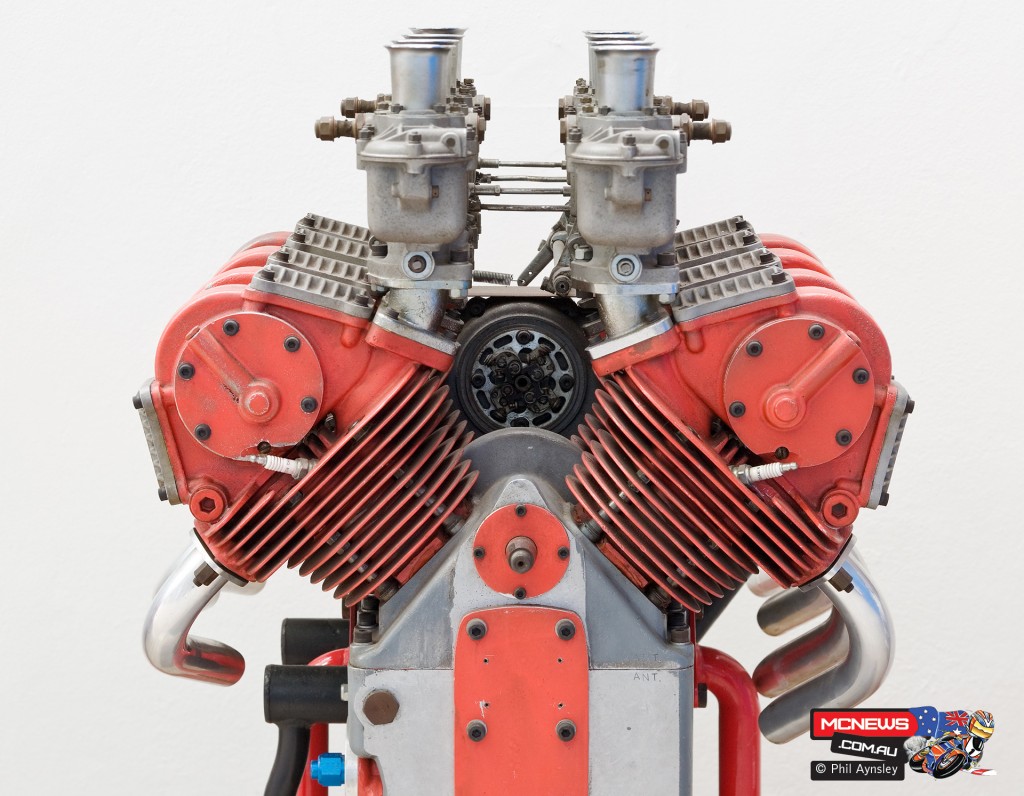
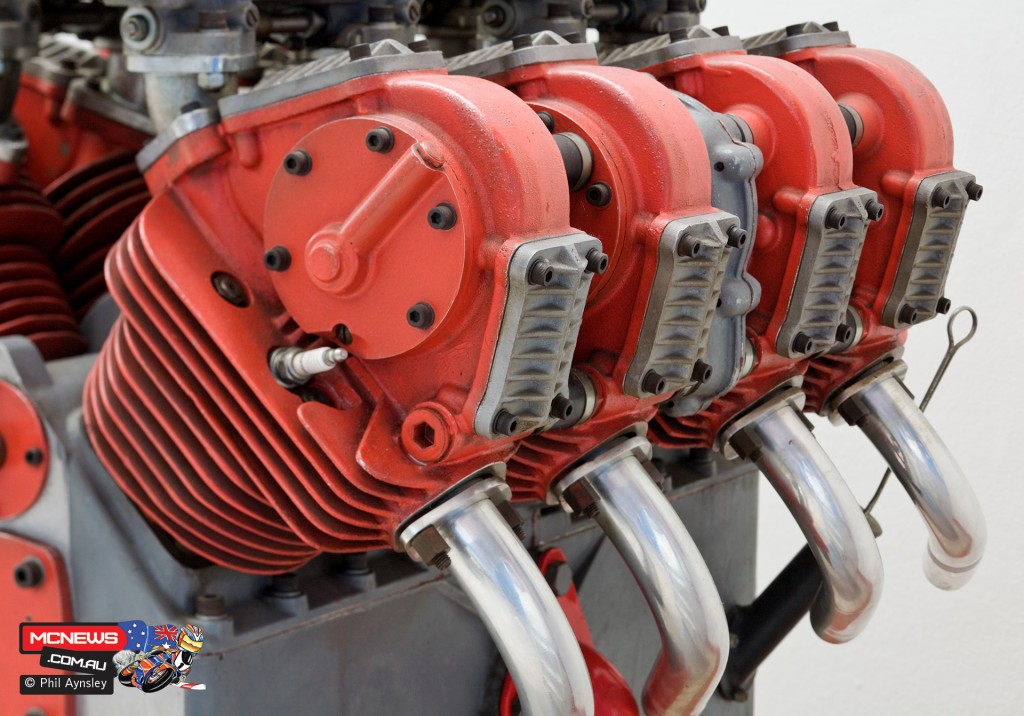
This 1960 1,500cc air cooled, desmo Formula 1 motor was designed & built by Ing. Fabio Taglioni with assistance from Giorgio Monetti, Carlo Maserati (O.S.C.A.), Rino Gilli & Giuseppe Gironi. Destined for use in an O.S.C.A. F-1 car, the engine was never fitted in a chassis.























